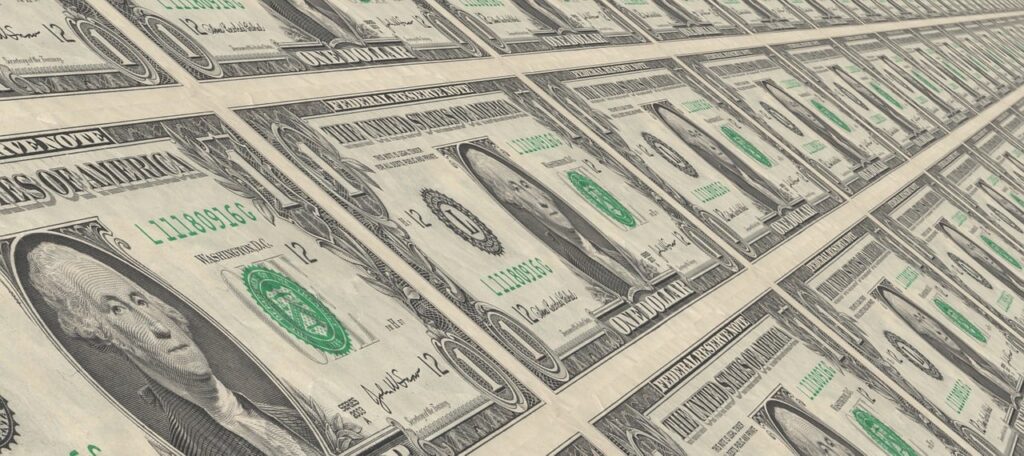
In the cutthroat world of brand marketing, few strategies promise the meteoric rise in visibility and trust quite like a celebrity endorsement. The allure is undeniable, a direct conduit from a beloved public figure’s charisma to a product’s appeal. Consider the legendary launch in 1989, when Nike partnered with a then-relatively unknown basketball player, Michael Jordan. The rest, as they say, is history – a testament to how profoundly a well-aligned endorsement can soar into cultural legend, shaping consumer perceptions and market trajectories for decades.
Yet, for every iconic success story that embeds itself in the collective consciousness, countless others crash and burn, often dragging brands, reputations, and substantial financial investments down with them. These are not mere hiccups; they are full-blown public relations catastrophes, sometimes culminating in costly legal battles that reverberate through boardrooms and social media feeds alike. The landscape of influence has dramatically evolved, making the stakes higher and the pitfalls more perilous than ever before.
This article delves into the critical missteps and underlying dynamics that transform promising partnerships into cautionary tales. We will unpack the complex interplay of celebrity power, brand strategy, and public sentiment, examining how easily the scales can tip from anticipated triumph to unforeseen disaster. From the psychological biases at play to the cold, hard data of failure, we explore the anatomy of celebrity endorsement deals that went horribly wrong, leaving a trail of lost trust and significant financial repercussions.
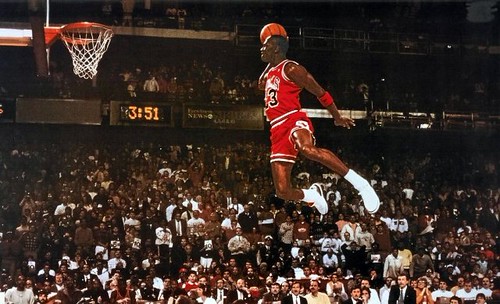
1. **From Iconic Success to Modern Volatility: The Shifting Sands of Celebrity Endorsements**The enduring image of Michael Jordan soaring for a dunk, clad in Nike, remains a gold standard in celebrity endorsements. It illustrates a time when the strategic pairing of a brand with an aspirational figure could build empires, fostering an almost unquestioning loyalty born of shared admiration. This success story wasn’t just about selling shoes; it was about selling a dream, an identity, and a profound connection that transcended mere transactional commerce.
However, the rules of engagement have drastically changed since 1989. In today’s hyper-connected, real-time media environment, the power wielded by celebrities isn’t just amplified; it’s profoundly volatile. The slow burn of brand building has been replaced by instantaneous public reaction, where a single misstep can ignite a firestorm of controversy that spreads globally within minutes. This seismic shift demands a far more nuanced and cautious approach from brands.
What once took weeks or months to develop into a public perception now unfolds in the blink of an eye. A seemingly innocuous tweet, a candid photo, or even a fleeting glance caught by a camera can instantaneously shift public sentiment. This unprecedented speed of information dissemination and public judgment means that the traditional safeguards and leisurely PR cycles are obsolete, requiring brands to be perpetually vigilant and incredibly agile in their endorsement strategies.
This new reality underscores that the success of an endorsement is no longer solely about the celebrity’s fame or the product’s quality. It’s about navigating a treacherous landscape where the lines between personal and professional, private and public, are increasingly blurred. Brands must contend with a magnified spotlight, where any perceived incongruity or lapse in judgment by an endorser can immediately reflect poorly on the associated product, transforming a promising partnership into an overnight liability.
The days of simply putting a famous face on a product are long gone. Today’s market demands a deep understanding of cultural currents, social sensitivities, and the inherent risks of aligning with individuals whose every move is meticulously scrutinized. The path to legendary campaigns like Nike’s is now fraught with exponentially more challenges, making every endorsement deal a high-stakes gamble in an increasingly unforgiving arena.
2. **The Peril of Misreading the Room: Why Authenticity is Non-Negotiable**Many failed celebrity endorsements aren’t solely attributable to a celebrity going rogue or a sudden scandal in their personal lives. More often, the root cause lies with the brand itself, specifically its inability to “read the room” – to accurately gauge the prevailing social climate, public mood, and the deeper dynamics that govern consumer perception. This strategic oversight is a glaring vulnerability in the modern marketing landscape.
The problem frequently stems from a failure to understand the crucial interplay of alignment, authenticity, and timing. For an endorsement to resonate positively, the celebrity’s persona, values, and even their public image must authentically align with the brand’s core identity and message. When this alignment is forced, superficial, or simply feels out of touch with reality, it breeds skepticism and, ultimately, rejection from an increasingly discerning audience.
Authenticity, in particular, has emerged as a non-negotiable currency in the digital age. Consumers are savvier than ever, capable of quickly detecting manufactured narratives or cynical attempts to capitalize on cultural moments without genuine understanding or respect. A brand that misjudges the appropriate timing for a campaign, or attempts to co-opt a movement without truly embodying its spirit, risks appearing tone-deaf and exploitative, leading to widespread condemnation.
These failures are not mere star power gone rogue; they represent profound miscalculations by brands. They highlight a disconnect between corporate strategy and grassroots sentiment, a failure to anticipate how a campaign might be received in a complex and often cynical public sphere. The consequences extend beyond just missed sales targets; they erode trust, damage brand equity, and can lead to enduring negative associations that are incredibly difficult to shake off.
Learning from these missteps means recognizing that strategic planning must extend beyond market demographics and celebrity reach. It requires a profound empathy for the target audience, a genuine commitment to values, and an acute awareness of the broader socio-political context in which a brand operates. Without this holistic understanding, even the most charismatic celebrity cannot salvage a campaign built on shaky foundations of inauthenticity or cultural insensitivity.
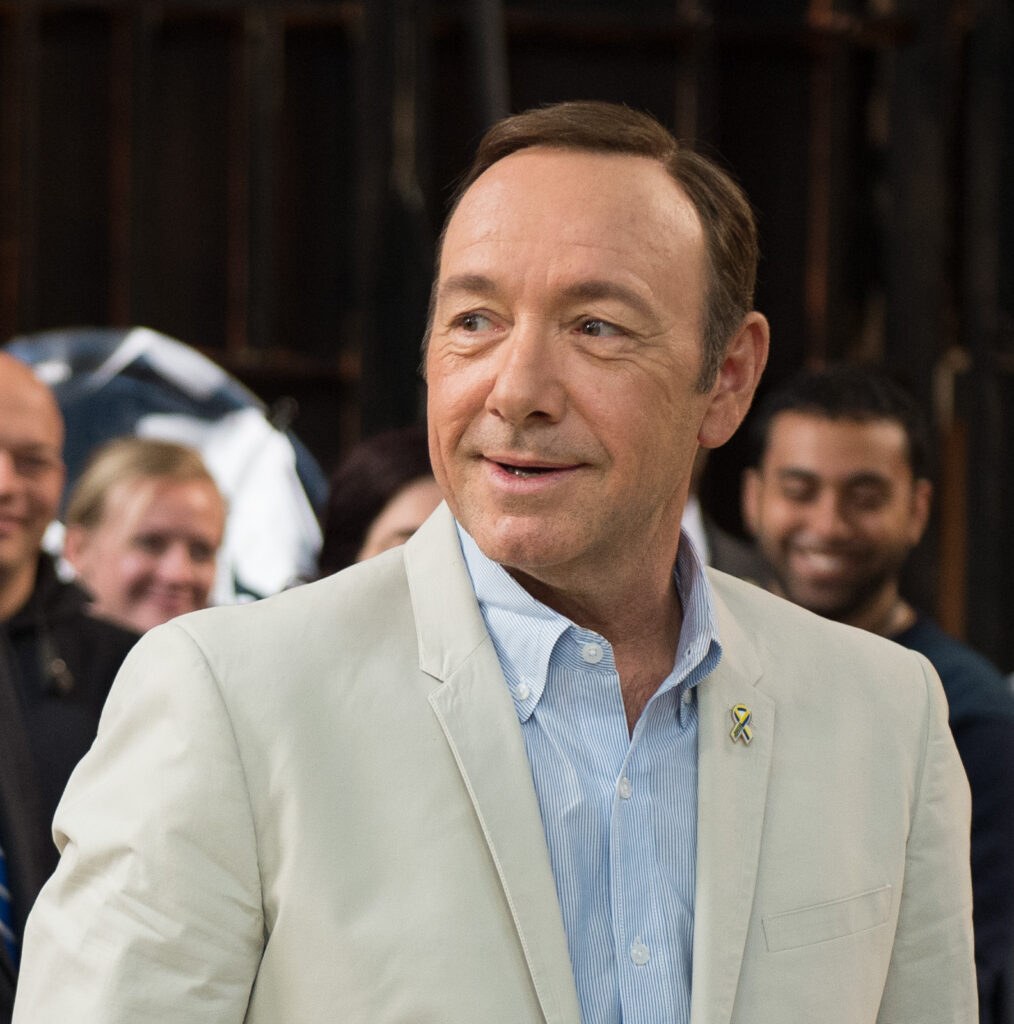
3. **The Halo Effect: A Cognitive Shortcut with a Dangerous Flipside**At the heart of celebrity influence lies a powerful psychological phenomenon known as the “halo effect.” This cognitive bias leads us to transfer positive traits from a person we admire or respect to unrelated areas of their life or to products they endorse. For instance, if we hold Serena Williams in high regard as a formidable athlete, our minds are prone to assume that she also makes superior choices in energy drinks or possesses insights into the most effective skincare products, even without direct evidence.
Brands are acutely aware of this psychological shortcut and actively harness it to bolster consumer trust and appeal. The mere association with a beloved figure can imbue a product with perceived qualities of excellence, reliability, or desirability that it might not otherwise possess. This emotional transference is a potent tool, capable of elevating a brand’s standing and fostering a positive predisposition among potential customers.
A compelling illustration of this effect’s power comes from a study by the Journal of Advertising, which unequivocally revealed that celebrity-backed advertisements can significantly enhance brand recall, boosting it by an impressive margin of up to 85%. This data underscores the effectiveness of leveraging a celebrity’s positive attributes to imprint a brand more deeply and favorably into the consumer’s memory, making it a seemingly irresistible strategy for market penetration and recognition.
However, while the halo effect offers a clear path to amplification and positive association, it is far from a foolproof mechanism. Its very nature as an emotional shortcut means it bypasses purely rational assessment, rendering it incredibly powerful yet inherently fragile. The success hinges entirely on the sustained positive perception of the celebrity, making it a strategy built on potentially unstable ground if not carefully managed and monitored.
Indeed, the halo effect, as beneficial as it can be for initial brand lift and recognition, carries with it an inherent risk. It creates a direct, almost symbiotic link between the celebrity’s public image and the brand’s reputation. This strong emotional tether means that while positive traits can easily transfer, so too can negative ones, laying the groundwork for a spectacular collapse if the celebrity’s image is ever compromised. The very mechanism that elevates a brand also makes it profoundly vulnerable.
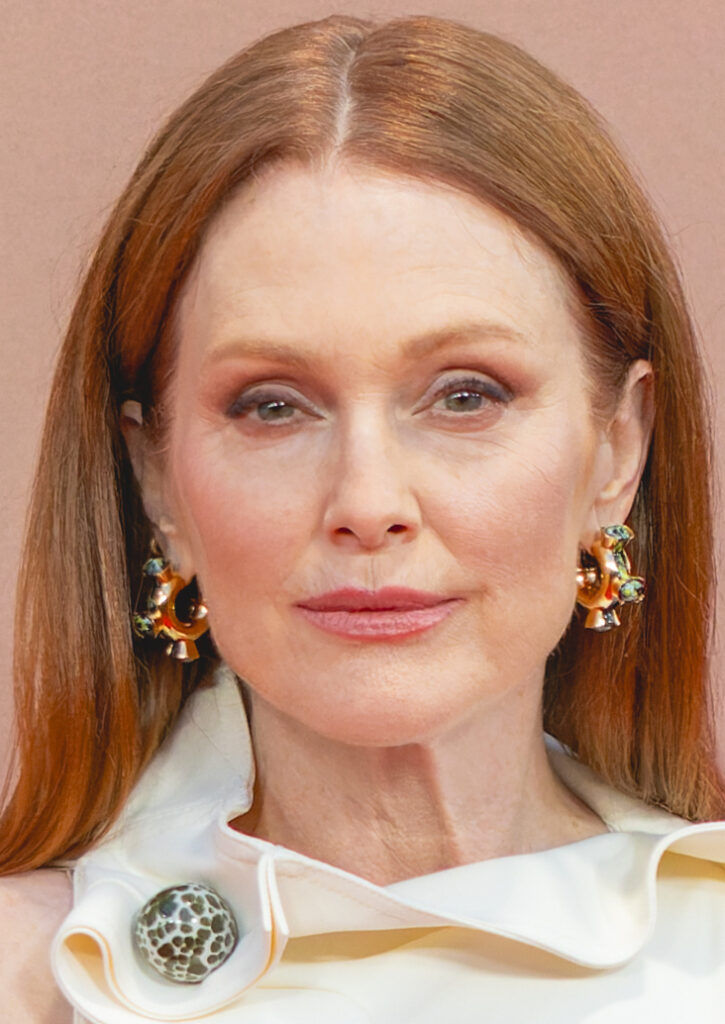
4. **When the Halo Crumbles: The Inevitable Backlash of Missteps**The profound emotional shortcut offered by the “halo effect” comes with a perilous flipside. When a celebrity associated with a brand makes a misstep—whether through a personal scandal, a controversial statement, or an ill-conceived campaign—that same emotional bond, once a source of strength, rapidly transforms into a potent engine of brand backlash. The very attention that was once a boon becomes a spotlight on shared failure, and the positive halo designed to uplift the brand catastrophically crumbles.
This phenomenon vividly illustrates a crucial insight from Neuroscientist Antonio Damasio, who once sagely remarked, “Emotion drives attention.” In the context of celebrity campaigns, this attention is not merely driven; it is supercharged. When the emotional resonance turns negative, this supercharged attention becomes a magnifying glass, scrutinizing every aspect of the brand’s association with the now tarnished celebrity, often with devastating consequences for public perception and market value.
The speed and intensity of this backlash are often unparalleled. What might once have been a contained public relations challenge can quickly escalate into widespread viral outrage, fueled by social media and amplified by an eager news cycle. The public, feeling a sense of betrayal or disappointment from the celebrity, extends that negative sentiment directly to the brand they represent, turning what was a strategic advantage into an immediate and urgent liability.
Consequently, the positive halo that a brand carefully cultivated through a celebrity endorsement can, in an instant, become a deep shadow. This shadow not only obscures the brand’s intended message but can actively undermine its credibility, values, and market position. Consumer trust, painstakingly built over time, can erode with alarming speed, as the emotional connection shifts from admiration to resentment or mockery.
The ripple effects of such a collapse are far-reaching, impacting not just sales but also investor confidence and long-term brand loyalty. Brands caught in this predicament often face an arduous and expensive journey to repair their image, if recovery is even possible. The experience serves as a stark reminder that while celebrity endorsements offer immense potential for success, they also carry an inherent risk proportional to the very power they seek to harness, making judicious selection and continuous monitoring absolutely imperative.
In 1989, Nike launched an ad campaign with a relatively unknown basketball player named Michael Jordan. The rest is history. But for every campaign that soars into cultural legend, others crash in flames, pulling brands, reputations, and millions of dollars down with them.
Take Kendall Jenner handing a Pepsi to a riot cop, or Cristiano Ronaldo casually dissing Coca-Cola with a bottle of water, simple moments that spiraled into full-blown PR disasters. Today, celebrity power isn’t just amplified, it’s volatile. A tweet, a photo, or even a glance can shift public sentiment in minutes.
This isn’t about star power gone rogue. It’s about brands failing to read the room, to understand the deeper dynamics of alignment, authenticity, and timing. Failed celebrity endorsements are no longer rare missteps but common cautionary tales. Let’s unpack why they happen, what they cost, and how brands can learn from those left licking their wounds.
The Psychology behind Celebrity Influence: The Halo Effect and Its Collapse
Psychologists call it the halo effect, our cognitive bias to transfer positive traits from a person to unrelated areas. If we love Serena Williams as an athlete, we may assume she also drinks the best energy drinks or uses the most effective skincare.
Brands harness this effect to boost trust. A study by the Journal of Advertising revealed that celebrity-backed ads can increase brand recall by up to 85%. But this emotional shortcut has a dangerous flipside. When celebrities misstep, that same emotional bond turns into brand backlash. The positive halo becomes a shadow.
As a Neuroscientist, Antonio Damasio once said, “Emotion drives attention.“ With celebrity campaigns, that attention is supercharged, for better or worse.
The Data Doesn’t Lie: Most Failed Celebrity Endorsements
Despite their appeal, celebrity endorsements often disappoint. According to a 2022 Ace Metrix study, 80% of celebrity ads fail to improve sales or ad performance, and 1 in 5 harm brand reputation.
Even a single misalignment or moment of controversy can undo months of strategic planning. The result? Viral outrage, social media ridicule, investor panic, and plummeting customer trust.
Case Studies: When Celebrity Partnerships Went Horribly Wrong
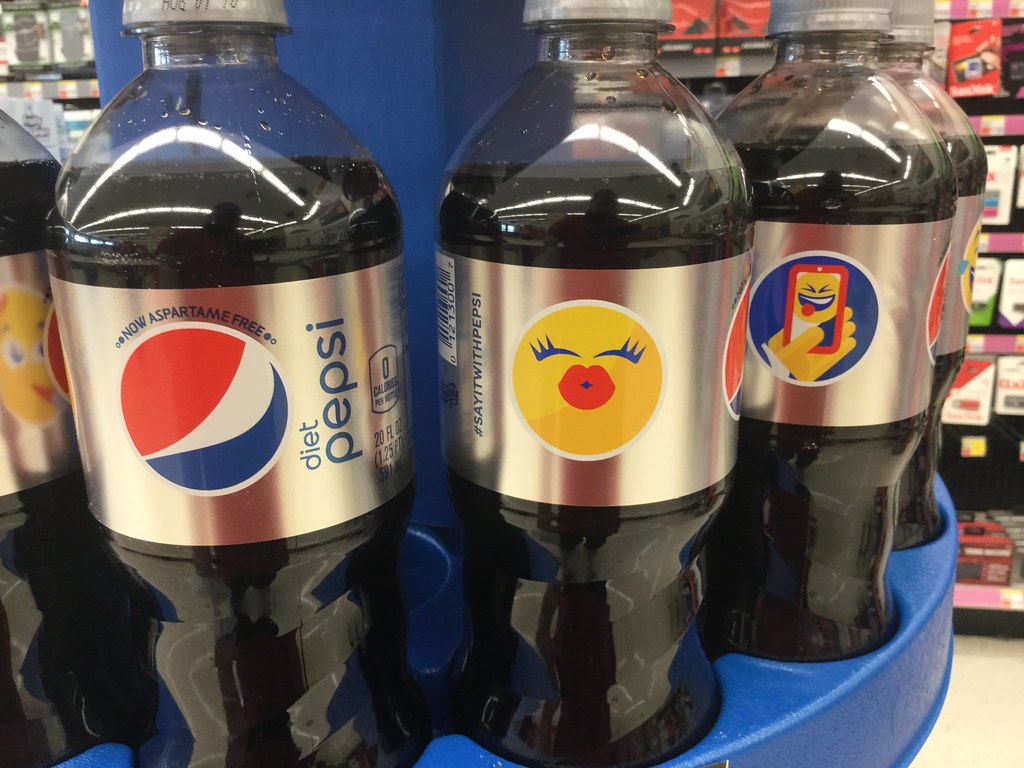
5. **Kendall Jenner & Pepsi – Protesting Tastefully? Not Quite.**The 2017 Pepsi campaign featuring Kendall Jenner stands as a potent symbol of how easily a brand can misread the prevailing social climate. The premise, a celebrity diffusing social tension by offering a police officer a can of soda amidst a protest, was met with immediate and widespread condemnation. It quickly became a textbook example of a brand attempting to capitalize on a cultural moment without genuine understanding or respect for its profound implications.
The ensuing backlash was swift and intense, fueled by social media users who accused Pepsi of trivializing serious social justice movements and co-opting imagery for commercial gain. Critics highlighted the stark disconnect between the campaign’s glib portrayal of unity and the complex, often fraught, reality of real-world protests. This perceived insensitivity ignited a firestorm of viral outrage that spread globally within minutes.
Pepsi’s response underscored the severity of the miscalculation. The company pulled the advertisement within 24 hours of its release and issued a public apology, stating, “Pepsi was trying to project a global message of unity, peace and understanding. Clearly, we missed the mark, and we apologize.” This rapid retreat demonstrated the immediate erosion of public trust and the significant damage inflicted upon the brand’s image.
The incident vividly illustrated how the ‘halo effect’ can catastrophically crumble. Instead of enhancing Pepsi’s appeal through association with a popular celebrity, the campaign’s strategic oversight turned the spotlight onto shared failure, associating the brand with tone-deafness and exploitation. The positive emotional transference that brands strive for was utterly reversed, transforming a promising partnership into an overnight liability.
The real-world consequences extended far beyond a mere advertising misfire. Pepsi faced a prolonged public relations crisis, significant reputational damage, and the arduous task of rebuilding consumer goodwill. It served as a stark reminder that in today’s hyper-connected environment, brands must contend with a magnified spotlight, where any perceived incongruity or lapse in judgment by an endorser or campaign can immediately reflect poorly on the associated product.
6. **The Financial Hemorrhage: Beyond Lost Sales**A failed celebrity endorsement almost always begins with immediate and substantial financial costs. Brands invest heavily not only in the celebrity’s fee, which can run into millions, but also in the extensive production costs for advertisements, media buying to air those ads across various platforms, and associated marketing collateral. When a campaign crashes and burns, all these upfront expenditures become sunk costs, a direct loss that impacts the company’s bottom line.
However, the financial repercussions extend far beyond these initial outlays. A significant endorsement failure can trigger a noticeable dip in a company’s stock market value, as investor confidence wavers in the face of widespread negative publicity. The long-term loss of future revenue from damaged brand loyalty and consumer boycotts can be even more crippling than the immediate campaign expenses, eroding market share and hindering growth prospects for years to come.
Furthermore, managing the fallout from a public relations catastrophe necessitates significant unbudgeted spending. Brands are often forced to engage expensive crisis management consultants, legal teams, and PR firms to mitigate the damage, craft apologies, and attempt to repair their image. These efforts involve considerable financial resources, diverting funds that could have been used for product innovation, market expansion, or other strategic initiatives, thus compounding the financial strain.
The ripple effect of such a financial hemorrhage can even extend throughout the supply chain and to retail partners. Diminished consumer demand due to the controversy can lead to excess inventory, price reductions, and strained relationships with distributors and retailers who are also impacted by the brand’s misfortune. The overall economic impact underscores that a celebrity endorsement, while offering immense potential, carries an inherent financial risk proportional to the very power it seeks to harness.
Read more about: Beyond the Showroom Shine: A Mechanic and Enthusiast’s Unvarnished Truth About 13 Cars and Why New Isn’t Always Better

7. **The Reputational Erosion: A Crisis of Trust**Trust is the bedrock of any successful brand, and a failed celebrity endorsement can chip away at it with alarming speed, causing profound reputational erosion. Once lost, the public’s confidence is incredibly challenging and expensive to regain, leaving a persistent stain on a brand’s image and perceived values. Consumers, now savvier and more skeptical, are quick to judge brands that appear insincere, exploitative, or merely out of touch with prevailing sentiments.
The psychological impact on consumers cannot be overstated. When an endorsement falls flat due to inauthenticity or cultural insensitivity, the public may perceive the brand as opportunistic or disrespectful, rather than genuine. This disconnect between corporate strategy and grassroots sentiment fosters skepticism and ultimately rejection, transforming what was intended as a positive emotional connection into resentment or mockery, undermining brand credibility.
Social media platforms act as an unparalleled amplifier for this reputational damage. Negative sentiment spreads like wildfire, morphing into viral outrage, memes, and relentless criticism that becomes an ingrained part of the brand’s online narrative. This constant negative association can discourage potential new customers from engaging with the brand and even alienate existing loyalists, pushing them towards competitors who appear more aligned with their values.
Ultimately, the long-term damage extends to brand equity—the intangible value a brand holds in the marketplace, built over years through positive associations, consistent messaging, and consumer loyalty. A single misstep can actively undermine this equity, leaving a brand with an arduous and expensive journey to repair its image, if full recovery is even possible. The experience serves as a stark reminder that while celebrity endorsements offer immense potential for success, they also make a brand profoundly vulnerable to the rapid erosion of its hard-won reputation.
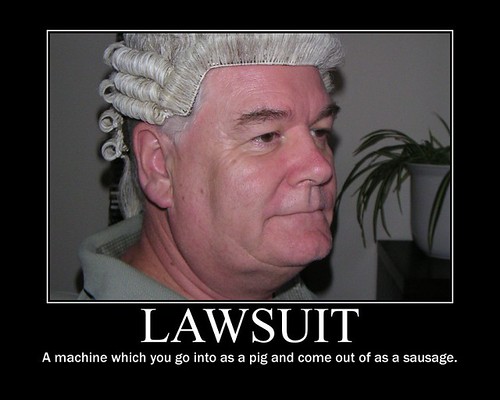
8. **The Legal Labyrinth: When Endorsements Turn into Lawsuits**Beyond the immediate financial and reputational fallout, some celebrity endorsement failures take an even more severe turn, escalating into costly legal battles that add another layer of complexity and expense. While many missteps can be managed through crisis PR, certain breaches or controversial actions can lead directly to litigation, trapping brands and celebrities alike in a legal labyrinth. The topic itself, “The 15 Worst Celebrity Endorsement Deals That Ended in Lawsuits,” highlights this critical dimension of risk.
Common legal pitfalls include claims of breach of contract, where either the celebrity fails to uphold their contractual obligations (e.g., engaging in behavior that violates a moral clause) or the brand fails to meet its commitments. Intellectual property disputes can also arise, particularly regarding the unauthorized use of images, likenesses, or creative content. Furthermore, consumer protection lawsuits may emerge if an endorsement is deemed misleading or deceptive, leading to accusations of false advertising.
The financial implications of these lawsuits are severe, often far exceeding the initial campaign costs. Brands can face hefty legal fees, substantial settlement payouts, and significant damages if found liable. These legal skirmishes are not just expensive; they are public, drawing further scrutiny and media attention, which exacerbates the reputational harm already incurred. The protracted nature of legal proceedings means a brand can be associated with negative press for years.
To navigate this treacherous landscape, meticulously drafted contracts are absolutely imperative. These agreements must include robust moral clauses that define acceptable conduct, clear termination clauses, and comprehensive exit strategies to minimize damage if the partnership sours. However, even the most watertight contracts cannot entirely shield a brand from the court of public opinion or the unpredictable nature of legal challenges. The threat of litigation serves as a powerful deterrent, forcing brands to be exceptionally judicious in their selection and continuous monitoring of celebrity endorsers.
In the volatile arena of modern marketing, celebrity endorsements remain a high-stakes gamble. The allure of amplified visibility and instant trust is undeniable, yet the potential for catastrophic failure is equally profound. Brands must now navigate a landscape where authenticity is non-negotiable, the public’s judgment is instantaneous, and the consequences of missteps—be they financial, reputational, or legal—are far-reaching. The cautionary tales of past failures serve not as deterrents from ambition, but as urgent lessons for strategic foresight. By prioritizing genuine alignment, rigorous risk assessment, and a deep understanding of cultural nuances, brands can hope to forge enduring partnerships that elevate, rather than undermine, their precious standing in the hearts and minds of consumers.


